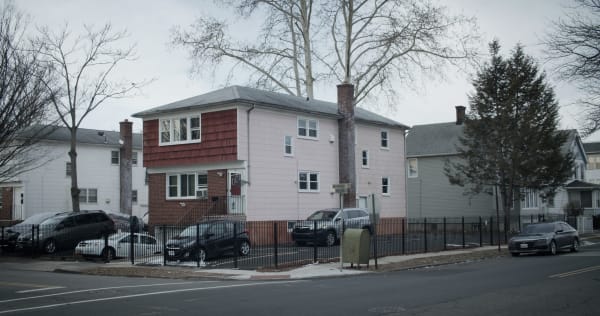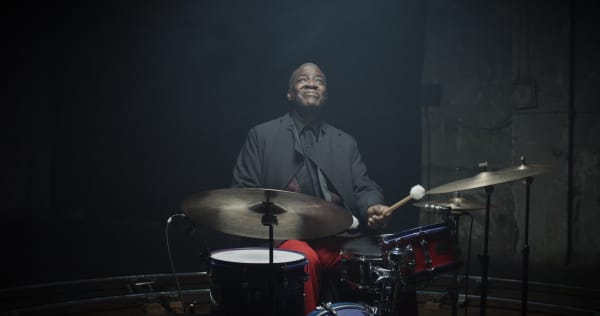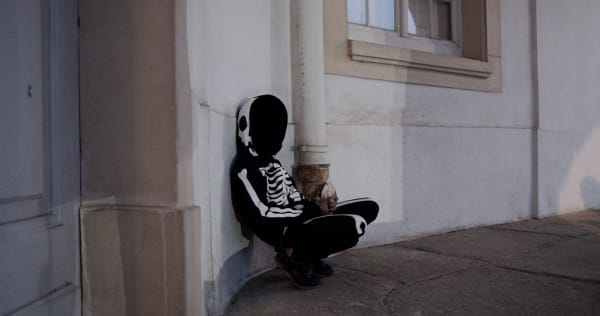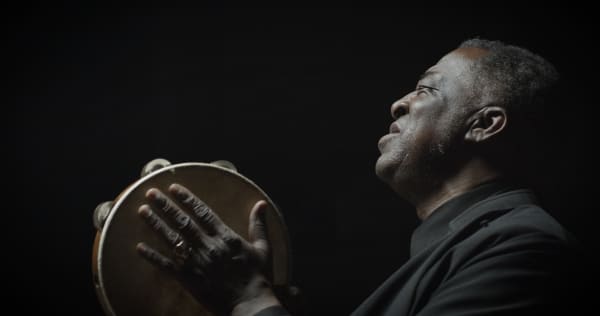12 March 2023 - 8 June 2023
Varnishing 11 March at 15-18
The work can be experienced every Tuesday and Thursday at 19-21 from 12 March to 8 June 2023.
Mariakirken, Istedgade 20, Copenhagen V
Varnishing 11 March at 15-18
The work can be experienced every Tuesday and Thursday at 19-21 from 12 March to 8 June 2023.
Mariakirken, Istedgade 20, Copenhagen V
A work of art can be a place for a special presence, and therefore the art experience is also always a possible connection to the complex phenomena around us. But the work can also be an encounter with an inner world – an attempt to confront, come to terms with or connect with an incident, a feeling, a loss, a reality that is not ours, but which we share because we are human.
Unfortunate and happy circumstances can lead us into new lives and circumstances, and in that movement we as humans often need landmarks or an idea of a home we can recall as a place of deep connection that is not limited by national borders, oceans or time for that matter. Sound and music have a special ability to make such transports.
With Santiago Mostyn's new video installation Happy's House, which is the fourth exhibition under the Maria Project, we enter a personal image world with concrete people and memories. A community in a home, in a city, a woman in the middle of a large family, handheld video recordings from the early 90s. Generations in close cohesion unfold before us. They laugh, talk, eat, play and play music. The people in the footage are at home without necessarily being. The host of the gatherings and resident of the house is Hazel “Happy” Jones.
Victor Jones, her son, is now sitting next to her, in a dark room. Time has passed, but the music connects bodies and memories through time, while the camera slowly circles the resident jazz drummer in his musical recall and tribute to his mother. At the same time, we encounter a body without a shell, a body scan in search of signs of aging. Here it is the artist's own body that is examined, the grandchild's.
Happy's House examines our relationship to a place, familial memories, and the effort to connect with these and a human, a center that is gone, and share that reality. Art, like the church, becomes a space for both healing and remembrance driven by love, but does not express it as words, hymns and rituals, but as an aesthetic experience, where the sensations and stories from many bodies, times, locations meet in a work - a space and a situation we as fellow human beings can share and perhaps feel in our own bodies.





